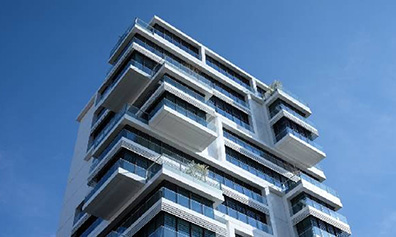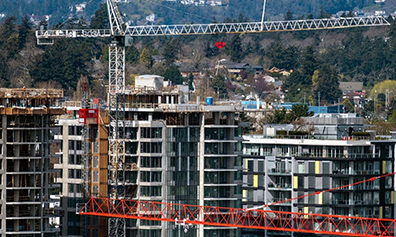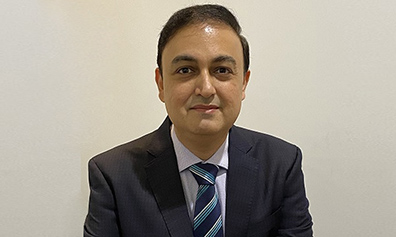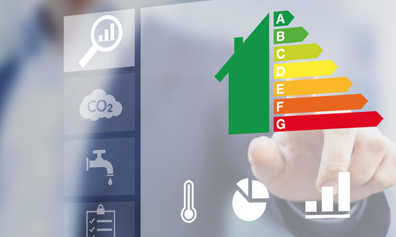Amid rising inflation, the Reserve Bank of India's (RBI) decision to increase the repo rate has led several banks and Non-Banking Financial Companies (NBFCs) to hike their interest rates. Although the increase in the monthly payout is not substantial, it is still imperative to plan the investment meticulously to prevent further revisions from impacting your homebuying decision.
With the Reserve Bank of India hiking the repo rate by a total of 140 basis points (bps) since May 2022, which currently stands at 5.4 percent after the latest 50 bps hike on August 5, 2022, homebuyers are now bracing for an increase in the Equated Monthly Instalments (EMI) of their home loans. Rates are likely to increase further, and the trend is expected to continue for at least a year before the rates stabilise around 8.5 percent or more for home loans. Thus, this piece deals with tips on managing the increased monthly payout and having a healthy home loan tenure throughout. Remember that buying a home begins with thorough planning, a financial health check, and assessing the readiness of your funds to be deployed into a long-term asset.
Create a detailed financial plan
As a borrower, it is crucial for you to have a thorough understanding of your overall financial health and commitments before you take up a new loan. To maintain a balanced financial position, you must create a detailed plan that includes key figures like your annual fixed cash flow commitments, recurring expenses, income assessments, minimum saving targets and, most importantly, unnecessary expenditures to avoid.
Repurpose your home loan
At a time of increased interest rates and inflation, you should aim to reduce your EMIs as much as possible. One of the best ways to do this is to build substantial savings at an early age that will help you minimise loan commitments later in life. Another way to reduce the monthly payout would be to assess the various types of loans periodically you have exposure to and replace high-cost loans (like credit card loans or personal loans) with low-cost house top-up loans. This practice will go a long way in helping you reduce default risk and ensure you avoid having multiple EMIs.
Review your loan account statements regularly
If you are an existing borrower, you can transfer your outstanding loan balance to another bank offering lower interest rates on the outstanding loan amount. You can also opt for full or partial prepayment, which will help reduce your loan burden. Such activities are possible only when you know the minutest details of your home loan. Hence, you must regularly review loan account statements to ensure loan rates are as per current market rates and no unnecessary or additional penal interest charges are levied. This is important as it has been noticed that some Non-Banking Financial Companies (NBFCs) do not reduce interest rates unless customers write to them with a specific request.
Opt for a higher down payment
If you are a new borrower, you should opt for a loan with a higher down payment to decrease your EMI burden. Alternatively, you can choose a loan with a longer repayment term, which will lead to reduced monthly instalment amounts. It would be best if you also kept an eye out for banks and NBFCs that offer lower rates on your preferred loan type.
Purchasing a home is a long-term decision and a commitment that is better taken earlier than later. To begin with, you must be aware of the locations you intend to invest in, wait for the right investment opportunities, and aim to invest in new developing corridors.
















